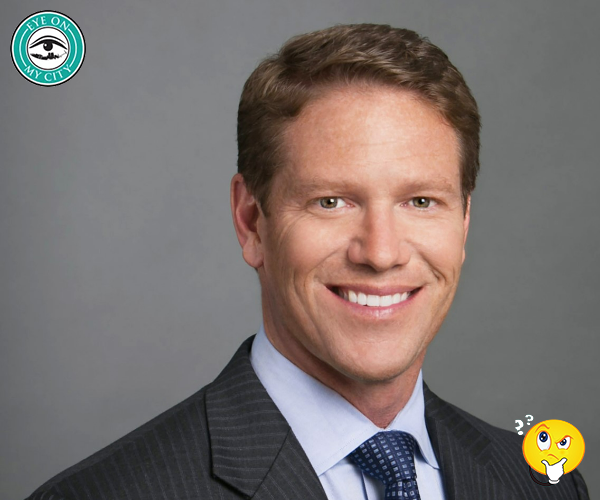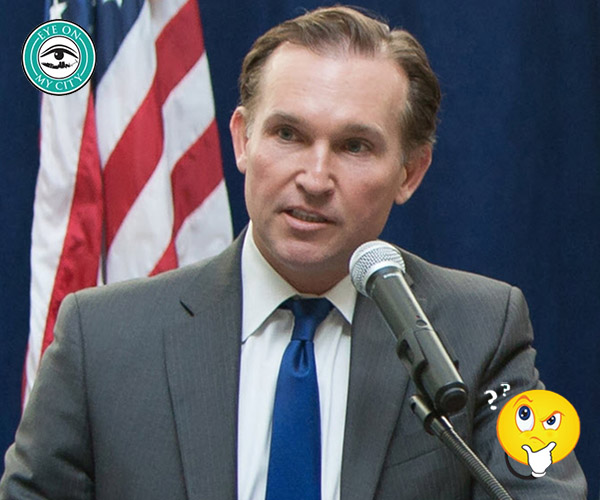
City budgets contain a lot of information useful to the taxpayer.
You can see where the money comes from and where it goes, in detail.
You also can determine the total cost of local government, which today is somewhere north of $6 billion.
Because local reporters have been well-trained by politicians and bureaucrats they invariably report the “city budget” as around $900 million.
That is the general fund, a small part of the total budget dominated by police and fire services.

To get the full picture, you have to consider the entire government, including the independent authorities, and also the local school system.
It is true that the independent authorities often have their own sources of revenue, so not all of the income is directly from local taxpayers, but they still spend the money.
The budget also carries helpful information in the form of historical comparisons. One shows that the cost of city government, adjusted for inflation and population growth, actually had not grown dramatically. Like all such comparisons, it depends on the starting point chosen.
Missing from the current budget is a comparison of costs to the typical homeowner in Jacksonville compared to other cities.
I like this comparison – because I invented it. When I was a reporter for the Jacksonville Journal in the 1970s I worked up such a comparison, showing taxes and fees for typical costs such as utilities and it was published.
It was so popular we began doing it every year. Eventually, city officials picked up the idea and began publishing their own version in the annual budget.
Apparently, the comparison became unfavorable because it has been dropped.
I also pointed out to the budget writers one year that they had an error that overstated the total. They corrected the error.
The budget also contains useful historical and demographic information about the city.
It also lists the many taxes and fees collected by the local government, and the amounts. (All that money they are spending has to come from somewhere.)
It also shows how much comes from the state and federal government.
This is the current budget. Give it a read. It’s your money, and next year’s spending plan is being formed right now.








